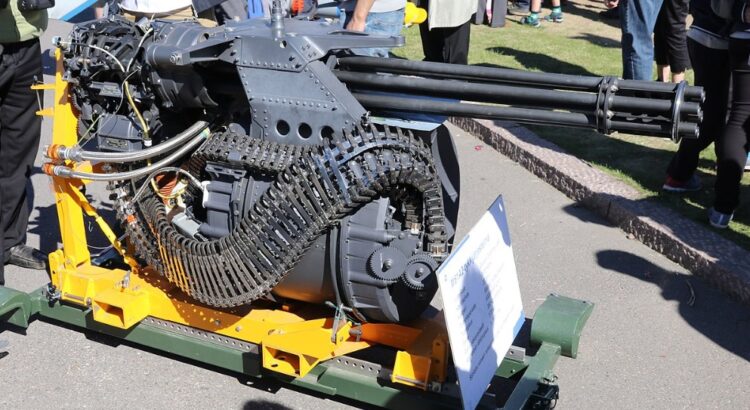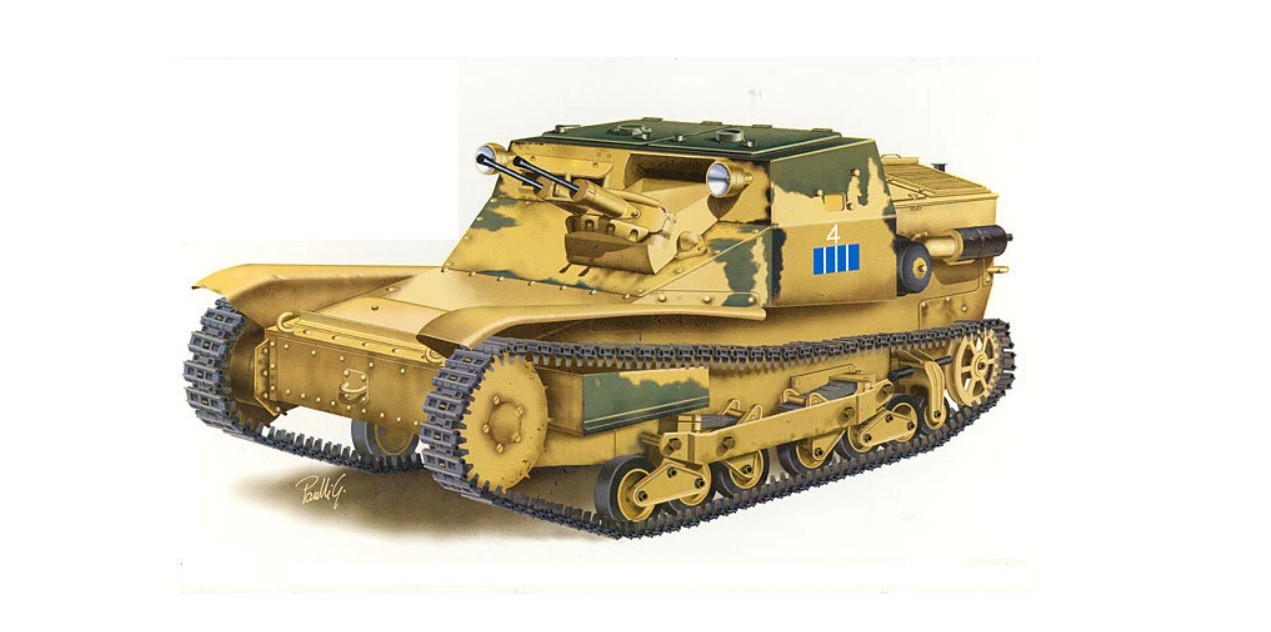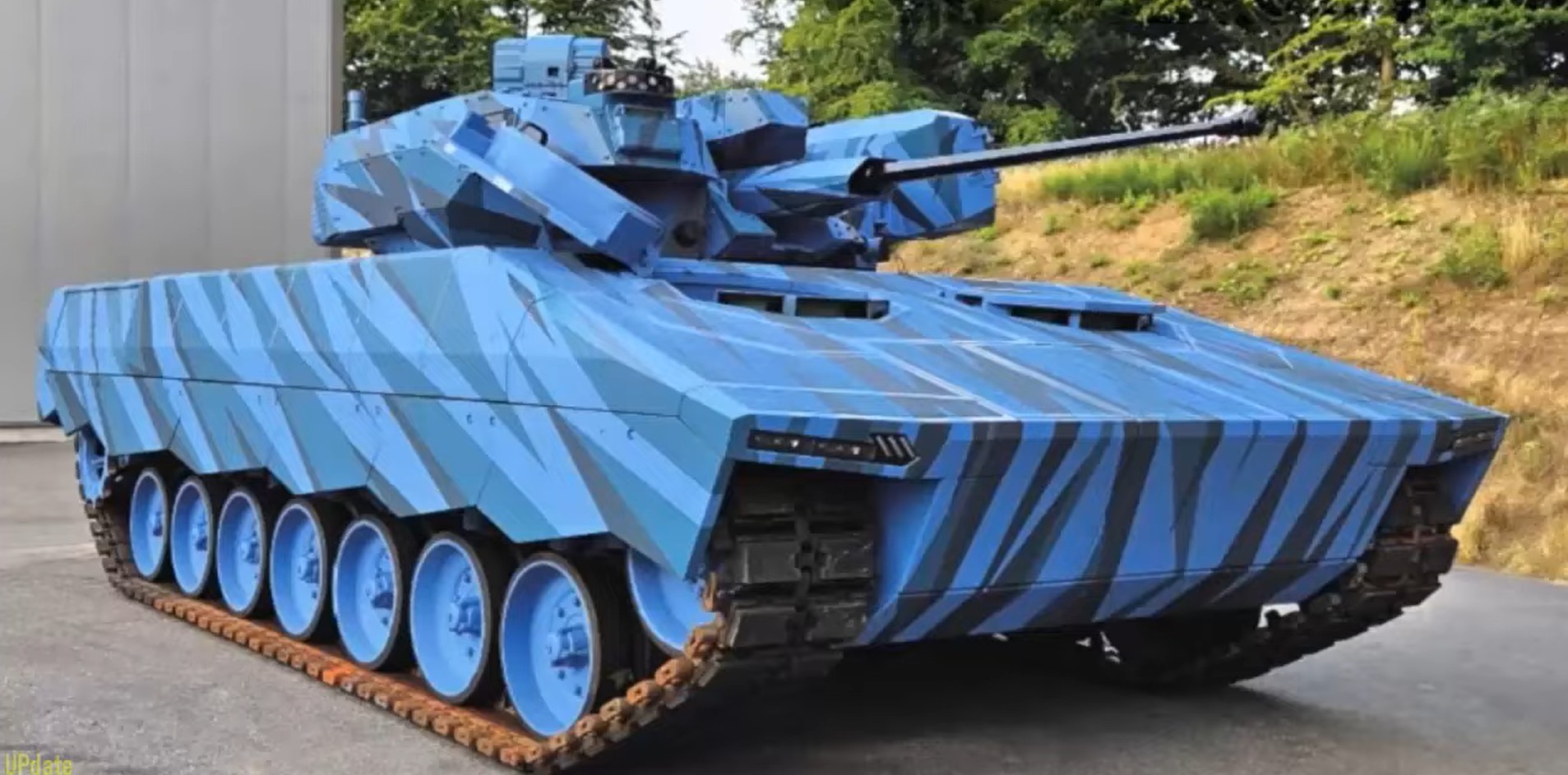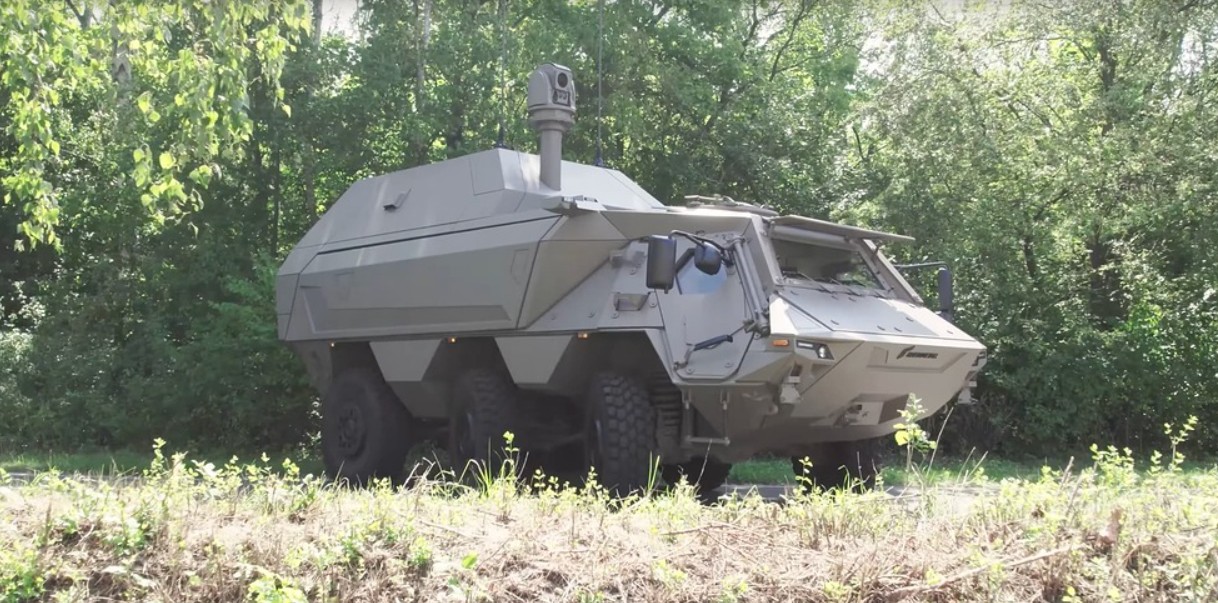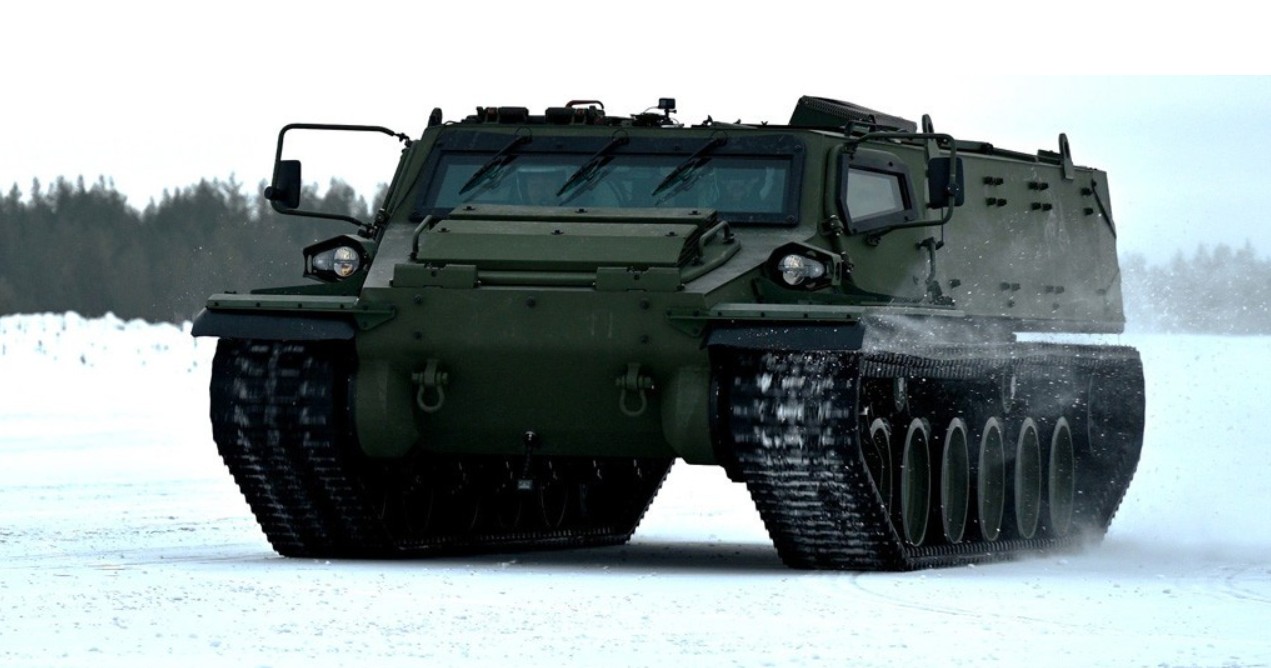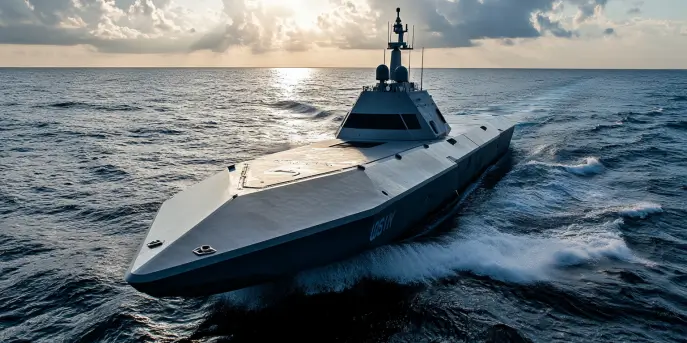Origins and Development of the M61 Vulcan
The M61 Vulcan stands as a remarkable piece of military engineering, known for its high rate of fire and reliability. Developed post-World War II, this 20mm rotary cannon served as a crucial component in American military aviation, primarily designed to counter the growing threat of jet-powered aircraft.
In the late 1940s and early 1950s, the United States military recognized the necessity of an automatic weapon capable of discharging rounds with unmatched speed. General Electric was tasked with the challenge, leading to the creation of the M61 Vulcan, which formally entered service in 1959. This weapon utilized the Gatling-style rotary mechanism, allowing it to fire up to 6,000 rounds per minute. One of the revolutionary aspects was its electric motor, which addressed the jamming issues that plagued earlier designs.
Technical Specifications
| Specification | M61A1 | M61A2 |
|---|---|---|
| Caliber | 20mm | 20mm |
| Rate of Fire | 4,000 to 6,000 rounds per minute | Up to 6,600 rounds per minute |
| Weight | 92 kg (202 lbs) | 92 kg (202 lbs) |
| Barrel Length | 1.83 m (6 ft) | 1.83 m (6 ft) |
| Overall Length | 1.88 m (6.17 ft) | 1.88 m (6.17 ft) |
The Transition to M61A1 and M61A2
The M61 Vulcan saw continuous evolution, adapting to modern requirements as military technologies advanced. The transition to the M61A1 model introduced improvements such as reduced recoil, enhanced firing accuracy, and minor weight reductions while maintaining the same rate of fire.
A major advancement was the introduction of the M61A2 variant, notably used in aircraft like the F/A-18 Hornet and F-22 Raptor. The M61A2 was engineered with reduced weight to accommodate weight-sensitive aircraft without compromising performance. This evolution allowed an upgraded rate of fire, increasing from the standard 6,000 rounds per minute to 6,600. Despite being lighter, it retained the durability essential for combat scenarios.
Role in Modern Warfare
The transformation from M61 Vulcan to M61A2 underscores its ongoing relevance in modern warfare. Integral not just in jet fighters, the Vulcan also adapts to different combat roles; it’s seen in ground-based air defense systems like the Phalanx Close-In Weapon System (CIWS) implemented on naval vessels to intercept adversary projectiles.
Its integration with advanced targeting systems, including radar and optical sensors, has maximized the efficacy of these cannons, ensuring superior battlefield engagement capability. This ongoing usage across multiple platforms highlights the adaptability and continued significance of the Vulcan family in maintaining air superiority.
Legacy and Influence
The legacy of the M61 Vulcan and its variants is embedded within the narrative of U.S. air and naval supremacy. Its influence has paved the way for future rotary cannons, keeping pace with avionics advancements and military strategy forms. Furthermore, it has inspired innovations in automatic weaponry worldwide, pushing the boundaries of defensive and offensive systems employed by aerospace industries.
The development of the Vulcan has not just revolutionized weapon systems, but it has also become an invaluable model for collaborative military and industrial growth. It boldens the case for adopting technology that displays adaptability amidst rapidly changing warfare scenarios.
